Roman Caistor: Town's Iron Age past being unearthed in dig
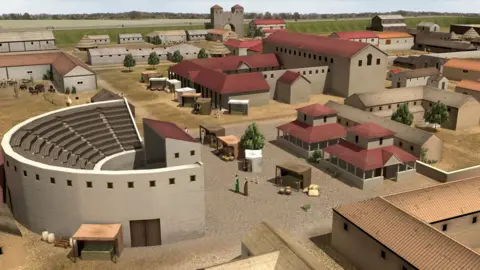 Will Bowden/ Jam Creative Studios
Will Bowden/ Jam Creative StudiosEvidence of Iron Age activity is being unearthed during a community dig at a site famous for its walled Roman town.
The settlement at Caistor, Norfolk, was the largest Roman town in East Anglia. It is excavated every summer by a mix of locals and archaeologists.
The dig is investigating land around the walled site.
Project director Will Bowden said Iron Age objects and "some sort of road" have been discovered, giving "a sense of pre-Roman activity".
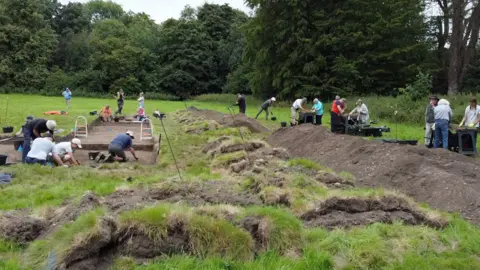 Shaun Whitmore/BBC
Shaun Whitmore/BBC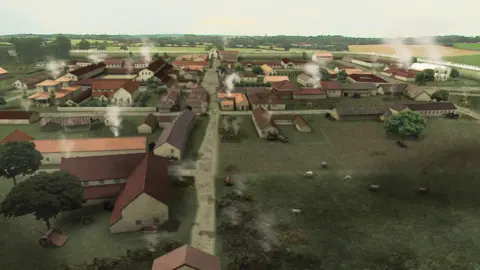 Will Bowden/Jam Creative Studios
Will Bowden/Jam Creative StudiosThe community archaeology group Caistor Roman Project is focusing on "one of the most intriguing areas of the Roman town".
When it was first founded in about AD70s, the town was surrounded not by walls but by a huge circuit of ditches, with a perimeter of 2.4km (1.49miles).
Its walls were not built until the 3rd Century.
 Shaun Whitmore/BBC
Shaun Whitmore/BBC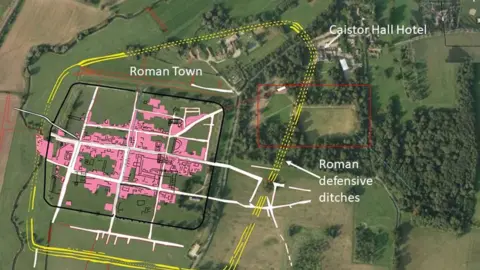 Will Bowden/Jam Creative Studios
Will Bowden/Jam Creative StudiosProject director Prof Bowden, a Roman archaeology specialist from Nottingham University, said it is a key location.
"We've always known this is an important area of the Roman town and excavations in the 1930s on this land demonstrated this had some of the earliest activity associated with the town in the very late Iron Age or early Roman period," he said.
"We want to find out how the town develops, what was here before, how the town develops - and why it is just a green field now."
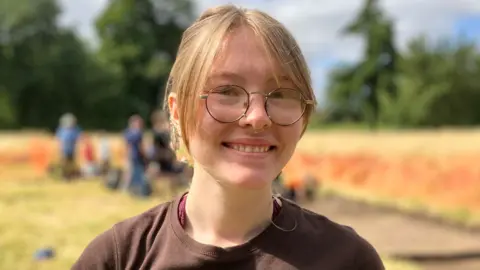 Shaun Whitmore/BBC
Shaun Whitmore/BBCThe site is beside "one of the largest" temple buildings in Roman Britain, which built by the Iceni, best known for their leader Boudicca, who rebelled against the Romans in AD61.
Kelsey Middleditch, an archaeology student at the University of East Anglia, has so far helped uncover what could be cobble stone paving and some horse teeth.
"I would 100% recommend taking part - you don't need to be an archaeology student - or even interested in history", she said.
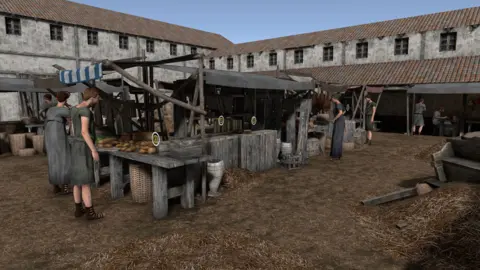 Will Bowden/Jam Creative Studios
Will Bowden/Jam Creative Studios
Follow East of England news on Facebook, Instagram and Twitter. Got a story? Email [email protected] or WhatsApp 0800 169 1830
